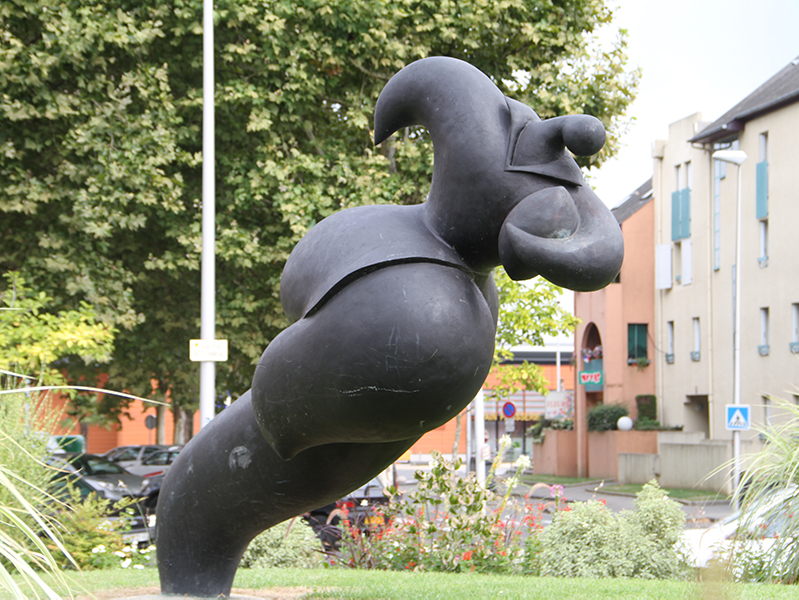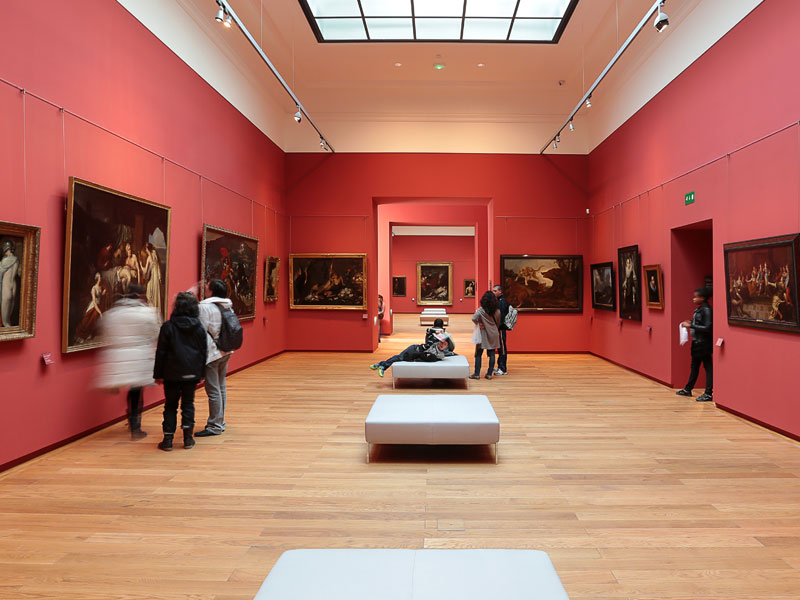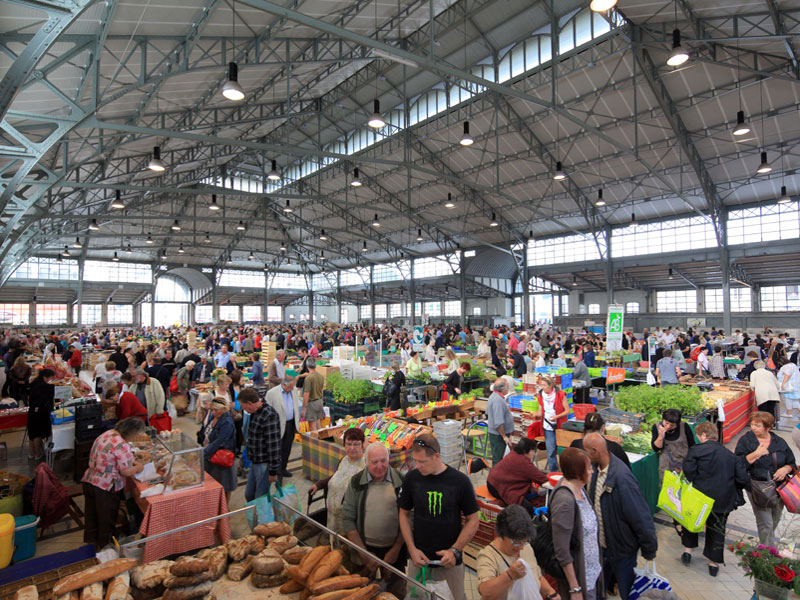The Statues
The town of Tarbes has a rich and fascinating historic and cultural heritage.
We often pass by the many works of art in outdoor public spaces, without taking the time to stop and admire them.
It’s a shame because some of them would be worthy of the greatest museums.
Come and see for yourselves!
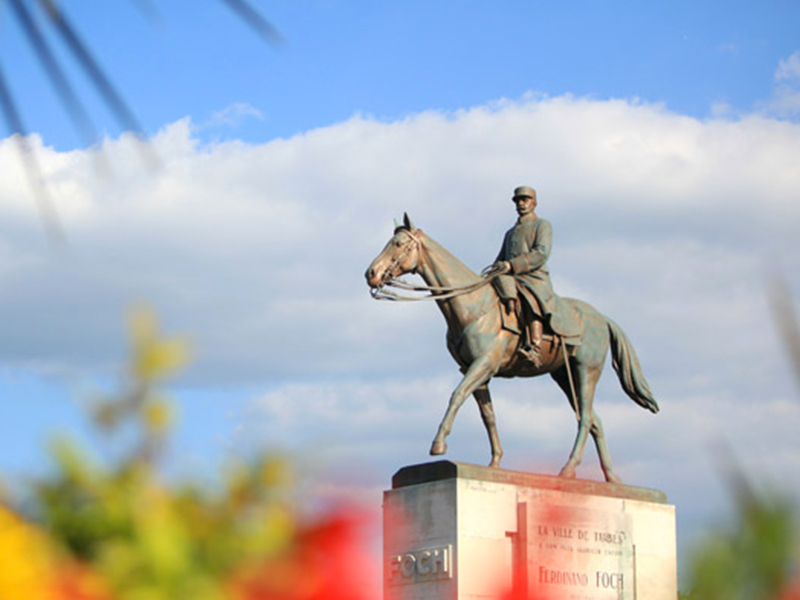
The statue of Marshal Foch
This famous face of Tarbes, portrayed here on horseback is a powerful symbol, three times Marshal and victorious in the First World War.
The statue of Marshal Ferdinand Foch (1851-1929) stands proudly opposite the barracks of the 1st Parachute Hussar Regiment, and this impressive monument had made the area an obvious choice for military parades. Foch didn’t want a statue of himself while he was alive, he said “there are better ways to spend public money”. In 1932, three years after his death, the sculptor Michelet was commissioned to create this statue, to pay tribute to the most famous Tarbais of the 20th century.
It replaced the statue of Baron Larrey: another time, another symbol.
The statue of Baron Larrey
Jean-Dominique Larrey (1766-1842) was a pioneering and humanist figure of Napoleon’s army.
He is considered to be the founder of modern emergency medecine.
He was born in the Pyrenees in Beaudéan in 1766, and is most definitely worthy of his statue in Tarbes.
According to Napoleon, he was the most honest of men, and his name is inscribed in Paris on the Arc de Triomphe. He was involved in the Battle of the Pyramids, the Battle of Austerlitz and battled through the snow of Russia. This statue was created in 1864 by Badion de La Tronchère, and Larrey stands proudly near a model of the ‘ambulance volante’ (horse-drawn ambulance) that he himself created.
At Allées Leclerc, in a green and peaceful area, he appears to watch over the town and cure the diseases of the modern world.
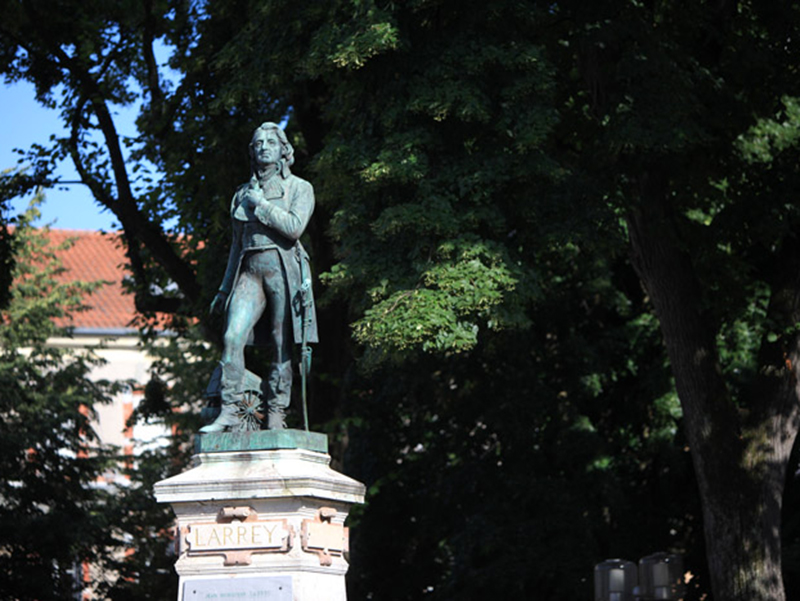
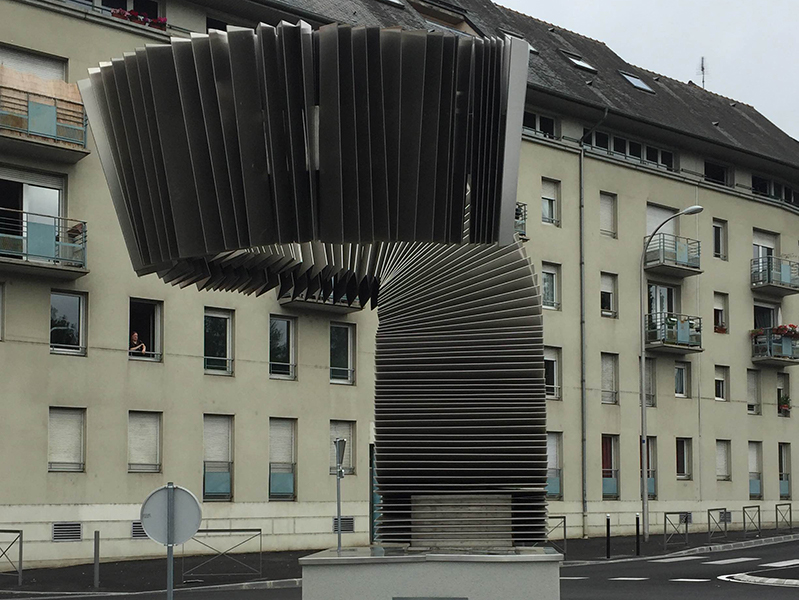
The Monument au Tango
This abstract (non figurative) artwork represents the spirit of tango and was created in 2007 by sculptor Estela Treviño and engineer Alejandro Coria.
It is a highly symbolic monument, a tribute to the friendship and partnership with Argentina. Its shape is inspired by the spirit of a bandoneon, and the mouthpiece, an iconic piece, without which there wouldn’t be any sound, curls around onto itself and then upwards, towards the neverending sky. This sculpture is alluring and combines shapes, rhythms, harmony, movement and contrasts that reflect its very DNA.
It was made using 2 tonnes of stainless steel on a support base, with an additional 2 tonnes of iron to reinforce the foundations underground. It is 5 metres high, with a total volume of 9m3.
Modern Statues
Two quite recent statues, one of a rugby player at the roundabout near Maurice Trélut Stadium and the leaping stallion at the junction of Rue Bertrand Barère, are evidence of how the town’s popular traditions have altered public spaces!
After succeeding in creating numerous beautiful fountains, Tarbes has now entered a new urban era, of a land that has always been passionate about rugby and the natural birthplace of the horse, that the town has chosen to symbolise here.
The ‘Colosse de l’Ovalie’ statue of the rugby player (created by Jean-Louis Toutain) and the ‘Cheval Fier’ rearing stallion statue (sculpted by Christian Maas) have created two more points of interest in the town.
